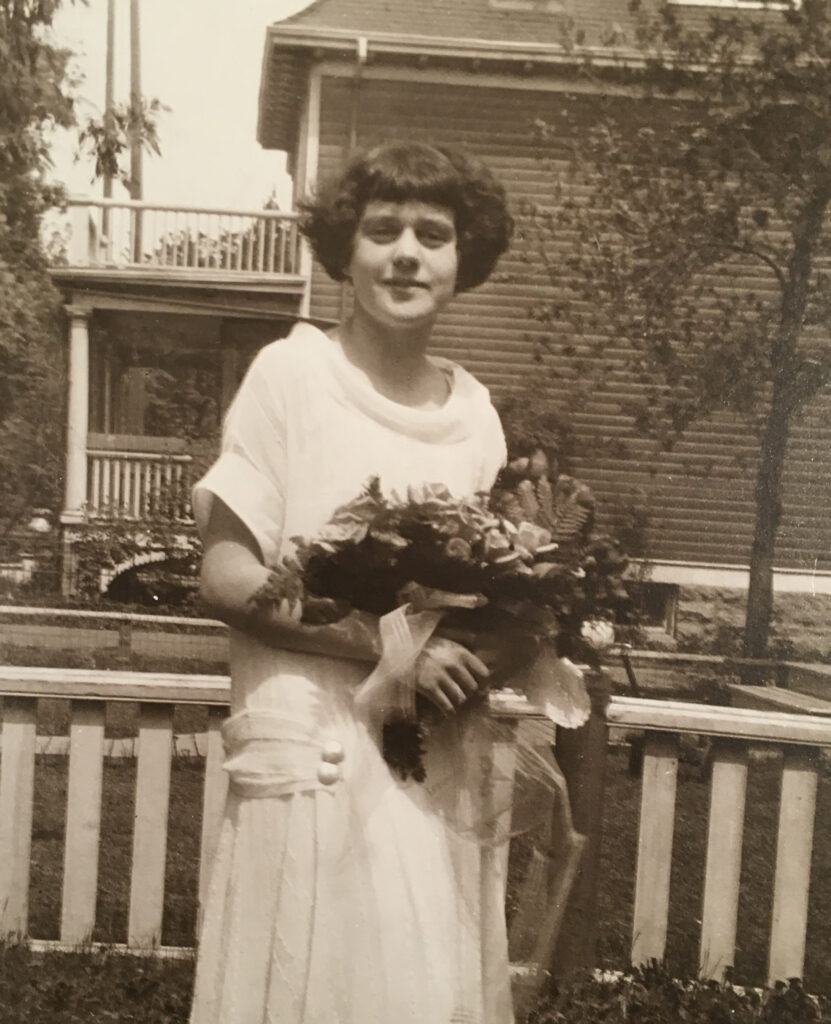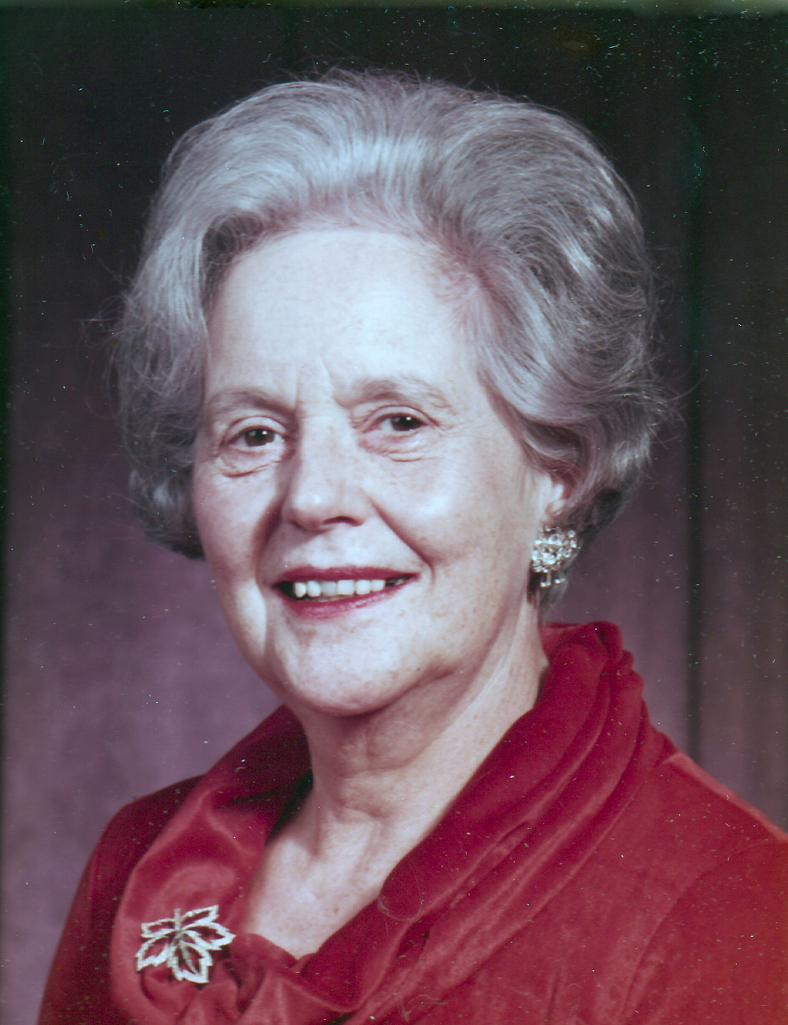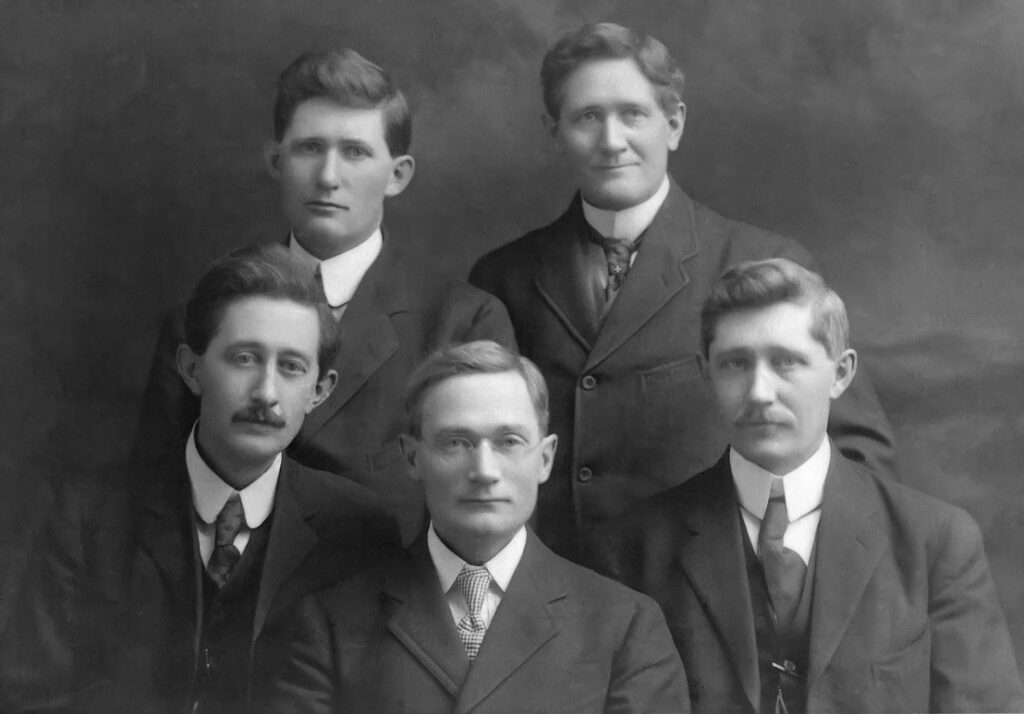My Aunt Margaret was a liberated woman even if she didn’t want to be. She was divorced in 1957 – a time when divorce was considered scandalous — and from then on, she held her head high and supported herself as a musician.
Then again, she was fortunate to be so talented and well educated.

Born in 1909, Lillian Margaret Hamilton was the eldest child of Dr. Thomas Glendenning Hamilton (1873-1935), a Winnipeg physician and surgeon, and his wife Lillian Forrester (1880-1956).1 She was raised with her two younger brothers in suburban Elmwood, graduating from high school at age 15. She went on to study at the University of Manitoba, getting an honours BA in French and English in 1930. The following year, she obtained an Associateship in Piano from the University of Toronto.2
She met her future husband, James Reynolds Bach, at his father’s piano store and they married in Winnipeg in 1934. An electrical engineer and amateur cellist, his career took him first to Hamilton, Ontario, where their two daughters, Frances and Dorothy, were born. In 1942, a new job took Jim to London, Ontario and the family bought a house there. He eventually started his own company manufacturing electrical instruments and hospital equipment, and it was very successful.3
Jim and Margaret bought a property near Port Severn, on the shores of Georgian Bay, and built a rustic cottage there, adding on to it every season. “We had a four-mile boat ride up the Severn River to Gloucester Pool. There was no power for the first several years, so Mother cooked on a wood stove, and we used an icebox and a biffy (outhouse) back in the woods,” daughter Fran Solar recalls. “Mother loved it. We spent summers there from the end of June until school started again, and Dad came on weekends.”
While living in London, Margaret continued to study piano and singing, and she was active in the music community, including the London Chamber Music Society and the Women’s Music Club. She was pianist for the annual performance of Handel’s Messiah on several occasions, but the highlight was her 1952 solo performance of a Mendelssohn concerto with the London Civic Symphony.

Meanwhile, Jim was also prominent in the city’s music scene through the Kiwanis Club and church choirs. Then he fell in love with another woman and decided he wanted to marry her. “He did not want two Mrs. Bachs in London, so he made it financially impossible for Mother to stay there,” Fran explains. In 1956, Margaret and her two daughters packed up, boarded a train and moved to Winnipeg.
The timing couldn’t have been worse: Margaret’s mother died just a few weeks later, in September, 1956. “It was the year from hell for Mother,” says Fran. Margaret moved into an apartment on the second floor of the old family home, above her brother Dr. Glen F. Hamilton’s medical office. It was a comfortable apartment, but it was not what she was used to.
Jim helped the girls pay for university, but he did not give Margaret much to live on, so she turned her love of music into a real career. With a grand piano in her apartment living room, she gave piano and voice lessons to many aspiring young Manitoba musicians. She also taught part-time at a local girls’ school, she was a rehearsal pianist for a city choir, and she was a frequent adjudicator at music festivals.

“She made a life for herself,” says Fran, “but she never had another love relationship. I think she was always ashamed of being divorced. She didn’t like talking about it.” She always kept her married name, Margaret Hamilton Bach.
As Margaret moved toward retirement, she dropped adjudicating, but she maintained her interest in music education, and she always enjoyed attending concerts in Winnipeg. Meanwhile, she pursued other interests and visited her daughters and grandchildren in Eastern Canada, and later on the West Coast.
When Hamilton House (the old family home is still known by that name today) was sold in 1980, Margaret moved into an apartment building. She continued to live on her own until she died unexpectedly in her sleep in 1986.4
Sources
- Hamilton family bible, scanned copy of the original family records
- “London Civic Symphony, Thursday, April 3rd, 1952, London, Ontario,” programme.
- Telephone interview with Fran Solar, Nov. 21, 2018
- “Margaret Hamilton Bach,” obituary, Winnipeg Free Press, Oct. 22, 1986, https://newspaperarchive.com/winnipeg-free-press-oct-22-1986-p-44/


